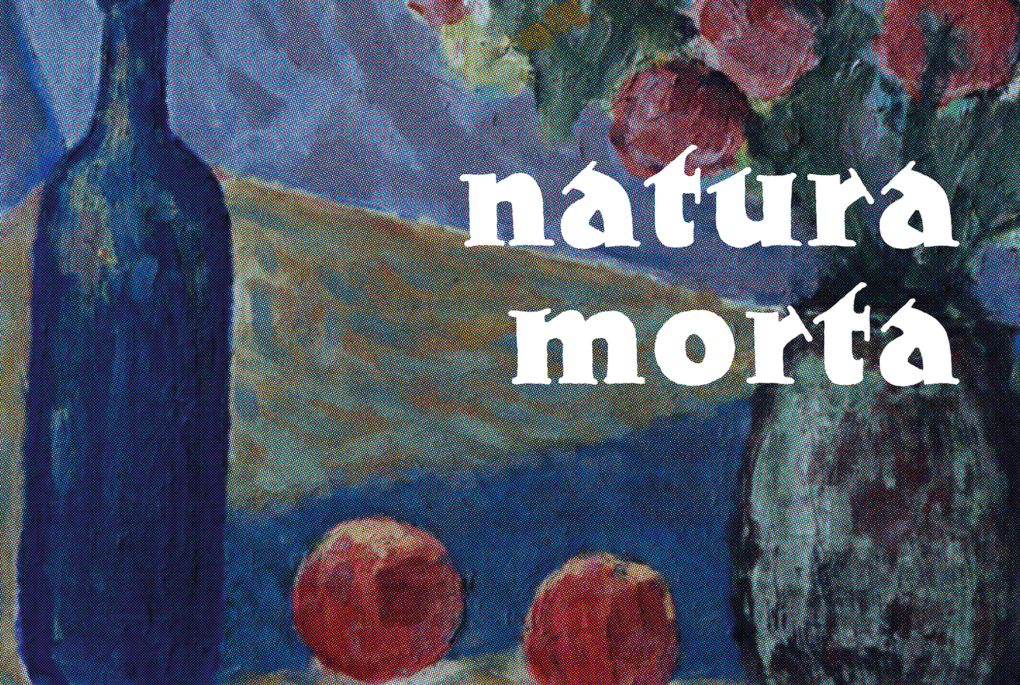Piano Piano Records in collaboration with Mr Bongo is thrilled to present a taster 7” single from enigmatic Swedish artist Sven Wunder — “Impasto” / “Prussian Blue” showcases the colorful palette of his upcoming album Natura Morta, due out on Piano Piano Records later this year. While the physical release for the vinyl 7” is May 14, listeners can get a digital taste ahead of time with Morricone-esque A-side “Impasto.” Meaning “still life” in Italian, Natura Morta explores art as a bridge between nature and the human ability to judge and observe in eleven musical compositions, with brightly colored textures and an emphasis on vibrant melodies. Previously, Sven Wunder’s 2019 album Eastern Flowers took us into the world of Anatolian rock, European jazz, library, funk, psychedelia, and traditional folk melodies, while 2020’s Wabi Sabi mixed jazz with Eastern and Southern Asian sounds — both albums sold over 11,000 vinyl copies combined and remain greatly sought after on Discogs. Not much is known about Sven Wunder, but he’s been a massive word-of-mouth craze amongst psych, jazz and hip hop heads, with Eastern Flowers instantly selling out & seeing playlist placements by bonafide tastemakers like Danger Mouse, Mike D, Gilles Peterson, J Rocc and beyond.
As with previous Sven Wunder material, the tracks on this 7″ are covered in lush orchestration, evoking the rich musical soundscapes of a previous era (think library music or the film scores of Morricone). The beautiful A-side “Impasto”, which refers to the technique used in painting where the paint is laid in very thick layers on a surface, features lavish sweeping strings and melodies hinting at echoes of the arrangements of Arthur Verocai, before taking a turn into ‘60s detective movie territory. You can imagine it being the score to a scene in a Harry Palmer film, which breaks for a romantic interlude in between the action and suspense.
Natura Morta collects pieces from a continuous variety of melodies — supported by a decisive rhythm section — creating a musical kaleidoscope of ever-changing colors. Sven Wunder brings life into a rich assortment of musical implications by fusing and combining melodic instruments with each other in a setting that spans from a classical to a modern idiom. The author evokes this panoramic portrait by articulating an instrumental dialog between a chamber orchestra and a jazz ensemble. The result is a musical celebration of material pleasures that also serves as a reminder of the brevity of human life.









Social Media